““It isn’t like that at all; it isn’t like building—not a bit. In building, you see, you know beforehand what it’s going to be like; at least, I suppose you do. I mean, it would never do to start off building a house and find you’ve built a bridge, or something, when it was all finished. It’s more like hunting, really,” said Barbara, warming up to her subject. “Yes, it’s really rather like hunting. You start out to hunt a stag and you find the tracks of a tiger. It’s an adventure, you see, that’s the beauty of it. You don’t know a bit what you’re going to find until you come to the end, and, even then, you don’t know what you’ve found. At least you know what you’ve found for yourself but you don’t know if you’ve found anything for anybody else, but that doesn’t matter, really. The only thing that matters is that you must find something—some sort of—well—prey. Otherwise it’s no good, of course. You go questing about, like a—like a hound, and sometimes you get lost, and sometimes you find things you never knew were there.”
— Miss Buncle Married by D.E. Stevenson
When I am very tired, I default to comfort reads, and DE Stevenson is one of my favorite authors for this. Her novels are light, often cheerful, and sometimes a bit introspective, but in the clever way that doesn’t get deeply philosophical. Most often it is presented as amusing musing. She was brilliant at making her characters into very real people with foibles and follies, that you liked very much and would enjoy knowing in real life.
With that in mind, I’ve been avoiding the Miss Buncle series for a little while (ok, years) as I tend not to enjoy self-referential books. Books that are about an author writing, much less a book about the book being written, creating a fuss (and earning the author much money), and becoming absurdly like wandering through a funhouse of mirrors, as the main character muses in the first book. As you might have guessed from my tenses, I broke down and bought it not long ago. The other reason I hadn’t yet read it was that this series is, for some reason, priced much higher than Stevenson’s other books. More than I would pay for an unknown author, and even more than I’d shell out for a favorite, at least until I really needed something to read.
The first book was light and frothy and fun, and I was having trouble sleeping, so I took advantage of the one-click on a series and splurged on the whole thing. Terrible of me, I know. Still, it’s been a rough month and I desperately needed the retreat of light fiction. I wasn’t expecting to be reading along in a comedy of manners and village life and have a bit of an epiphany regarding the nature of creation.
The opening quote of this article is part of a conversation between the main character, Barbara, and her neighbor Mr. Marvell who is an accomplished artist. He doesn’t know she’s a writer, and had been wondering why on earth she was interested in his art studio when it was apparent she “didn’t know one end of the paintbrush from the other” and when he was trying to explain his art process, she burst out with the analogy of hunting for the art within the process. Afterwards, he looks at her with surprise and exclaims that she must be a writer. The artist in paint recognized the artist in text.
I am, like Miss Buncle, and I gather DE Stevenson who knew well how to express this, a hunter when it comes to writing. Art, as well, which probably explains why I’m so bad at it in traditional media, as I haven’t the patience to learn how to do all of the traditional mediums well enough to be happy hunting on the canvas until I find what I want – ink and watercolor neither erase nor paint over well. This is where using MidJourney to render ideas until I find what I want – or better yet, things I didn’t realize I wanted until that very moment – comes in very handy. I’ve spent over a year now learning how to prompt so that I can get things approaching what I may want. Then, I have to start the hunt to find the art in the results.
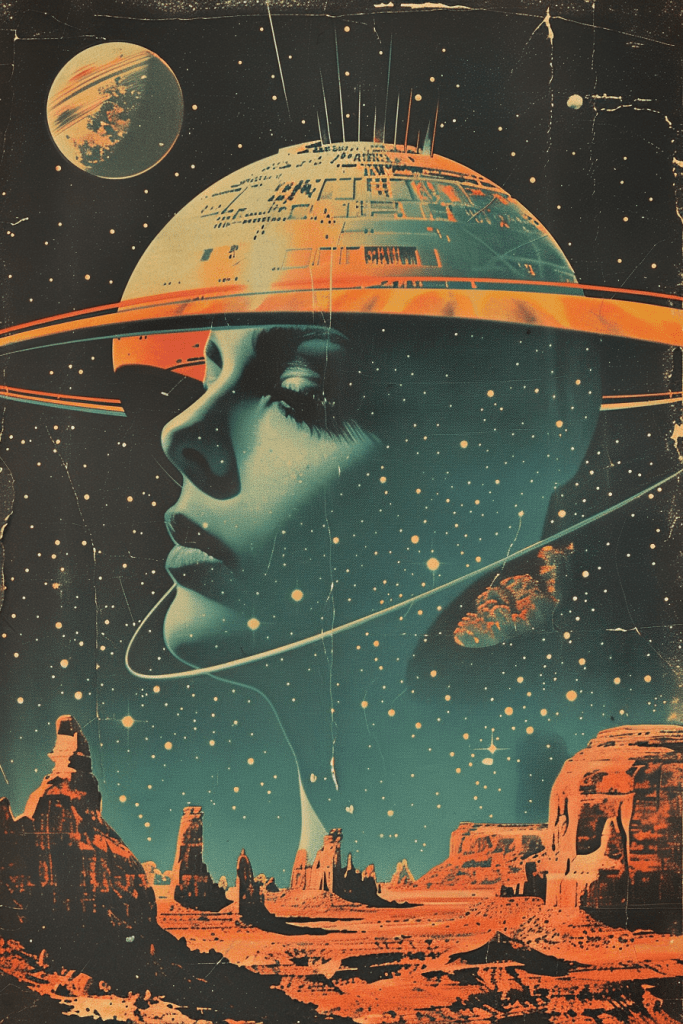
It was interesting, reading that passage, and the one that precedes it, and seeing that authors like Stevenson have been exploring the same questions and challenges as I am, only they did it a century ago.

He’s wrong, you know. Art isn’t solely about the mystical experience of the creator. Instead, as Barbara points out a little later, it is about the hunt for something you can’t necessarily express, and when you find it, you don’t always have a name for it. It feels right. And when the reader, or the viewer, encounters your art, it might not mean anything to them. Yet there is the possibility that it may, and that is when you create something very special. A book with no readers, art with no onlookers, is pointless. We don’t create to shove things into dark recesses and never show them to anyone at all. Or, if an artist does, they cannot benefit from the feedback of their audience, and in that feedback both fuel their imagination and hone their craft. How you are creating doesn’t matter. The technical media is not the art. It’s the experience of both halves, creator and consumer, interlocked forever in a tidal confluence of artist and audience, that truly makes it art.
The joy of creating, the adventure of the hunt as Barbara expresses it, is only the beginning. There will be another story or piece of art, and you’ll have the joy of that as well. The truest joy that lasts longest is seeing the reactions of others to your work. I wish I could tell DE Stevenson how much I enjoy her work, and how her writing has made her strangely immortal, a voice I can listen to long after her physical form ceased. A communion of kindred spirits, in a way. I can enjoy her words, as have hundreds and thousands before me, where she enjoyed writing them only once.
We weave bits of our souls into our work, as artists. What that work manifests as varies as wildly as people do, and even more as there are those of us who craft words, art both 3D and 2D, with dabbling in garden design which is… I don’t know what to call that. I do know I’m not unique. I don’t want to be limited. I want to create in any way I can, as much as I can.
Oh! And if you want to see some of the things I’ve created recently, you’ll want to pick up a copy of Wyrd West. I think you’ll see some of what I mean in it. The fiction is impressive, and I’ve done my best to enhance the stories in my own way.
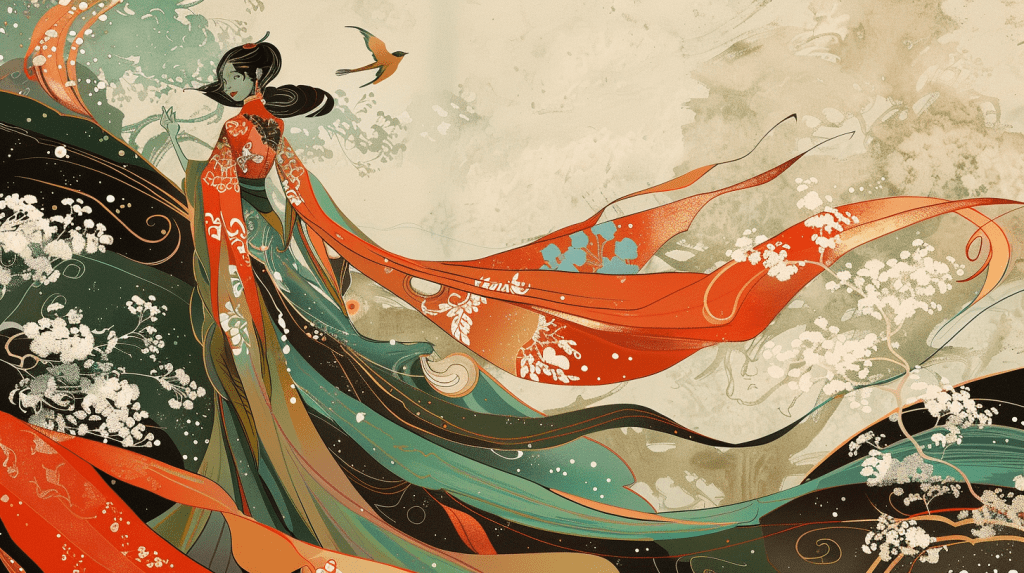
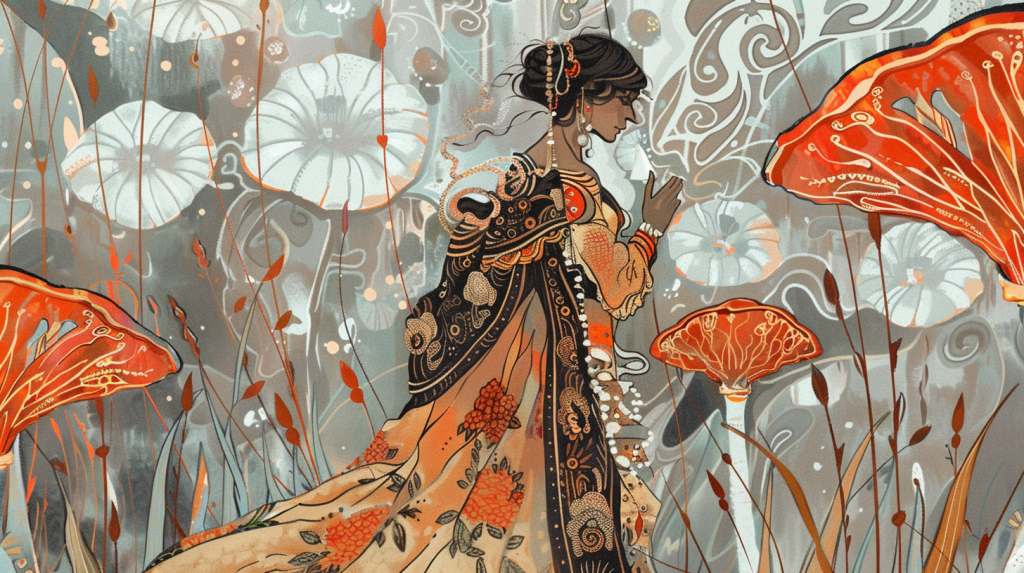
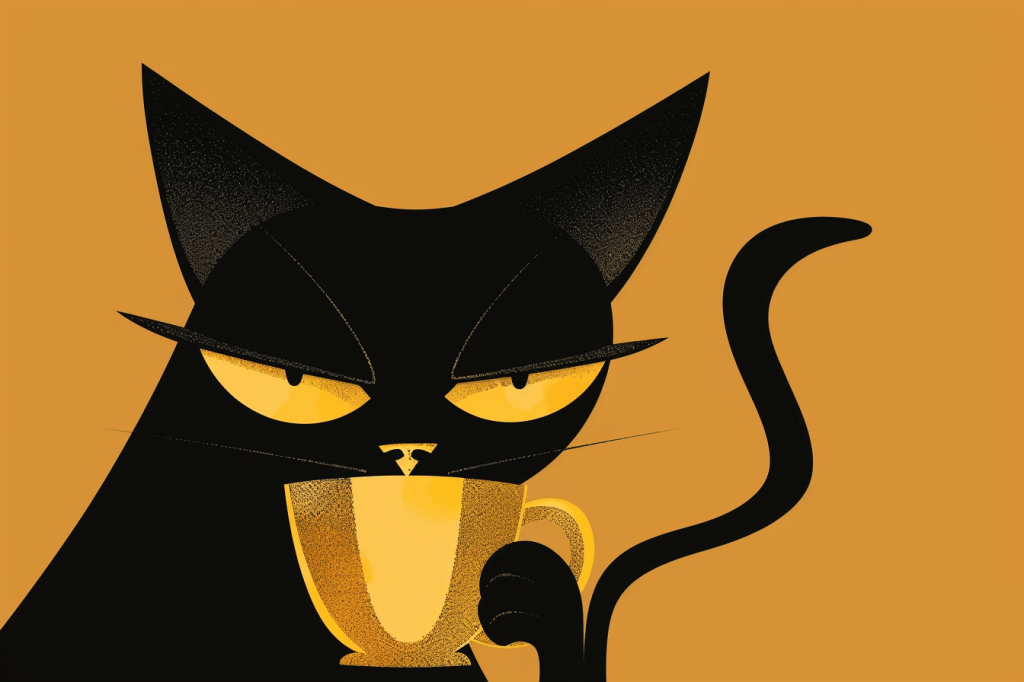
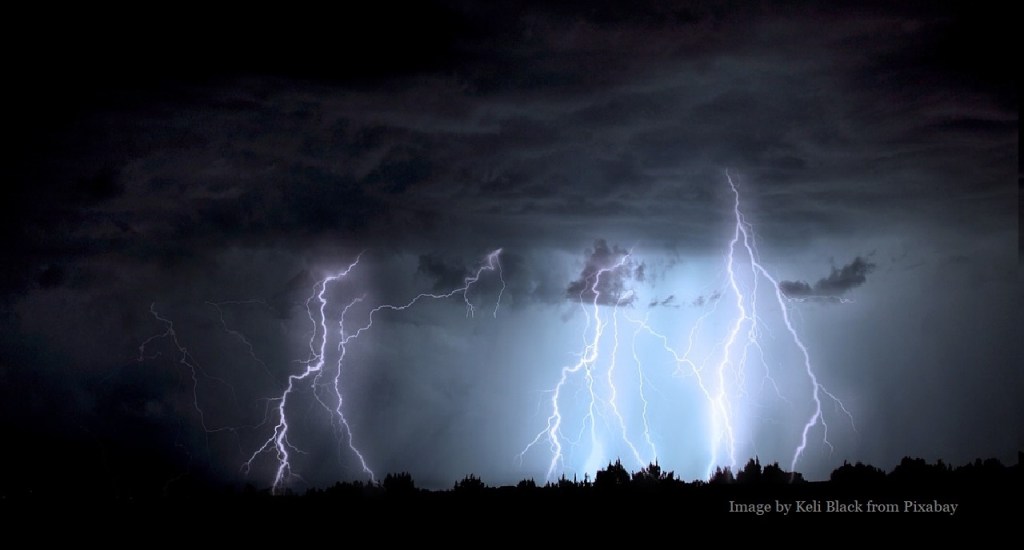

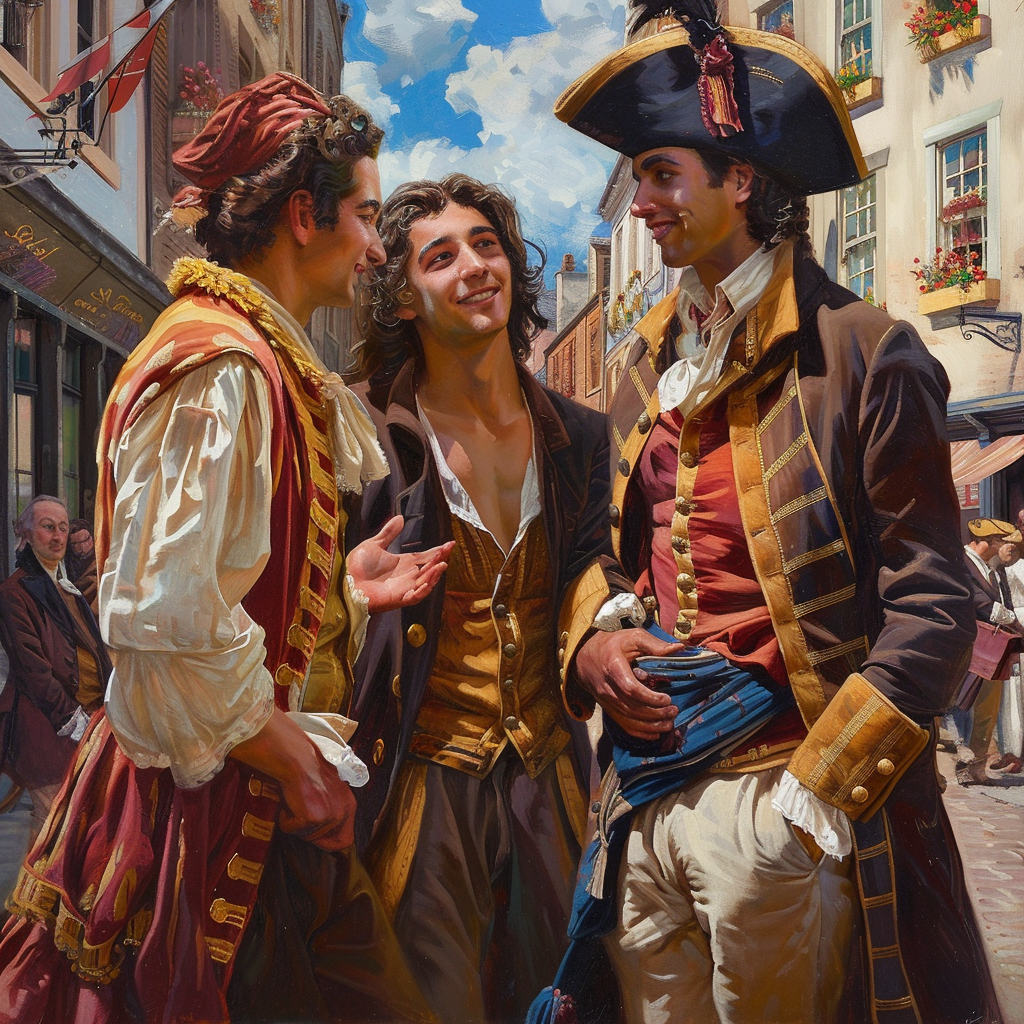
13 responses to “The Author as Hunter”
Alot to chew on here, thank you!
Yes. I hunt and don’t know what I’ll find.
Oh, yes. Absolutely. Every word.
And by the way, I love what you do with MidJourney and I hope you post your images again on Instagram. I really enjoy them and hope to use you as my cover artist if I ever get that other series going.
I will try to post more! And I’m glad you like them.
I’ve noticed that older people seem to develop an admiration for a thing done well— the skill, the craft, the … artistry.
A well designed thing brings joy; that’s art. Sometimes the art is just a pretty, sometimes the art is a mind-pretty, sometimes the art is a garden that is a joy to just walk through as you go about doing your work.
Interesting, that feels like a better metaphor for exploratory writing than “pantsing.”
Off-topic: The “Navigating from Writing to Publication” link in the blog header isn’t working for me, is anyone else having trouble with it? I’d hate for it to go away, that collection is what I usually point newbies to.
You’re correct, it’s not working properly. I will see what I can do.
Karl, it’s got a broken link, so you might want to bookmark this for the time being: https://madgeniusclub.com/navigating-from-writing-to-publication/
Got it, thanks!
One reason I loved the research phase of grad school was I love the digging that goes on before the writing. Searching for information and not knowing quite what might be there, then seeing connections I hadn’t guessed existed. Even finding a dead end, or discovering that people’s actions didn’t fit my theory [darn facts, pesky things!], all of it was fun in a way. Even if I did have to force myself not to read the comics in all the 1920s-60 newspapers.
I’m not sure I could resist reading all the comics!
[…] Read more…. […]
I’ve been letting this one percolate, and I think you hit on my problem with visual art as well. I’m not sure what the solution is yet, but thank you. This was very, very helpful.